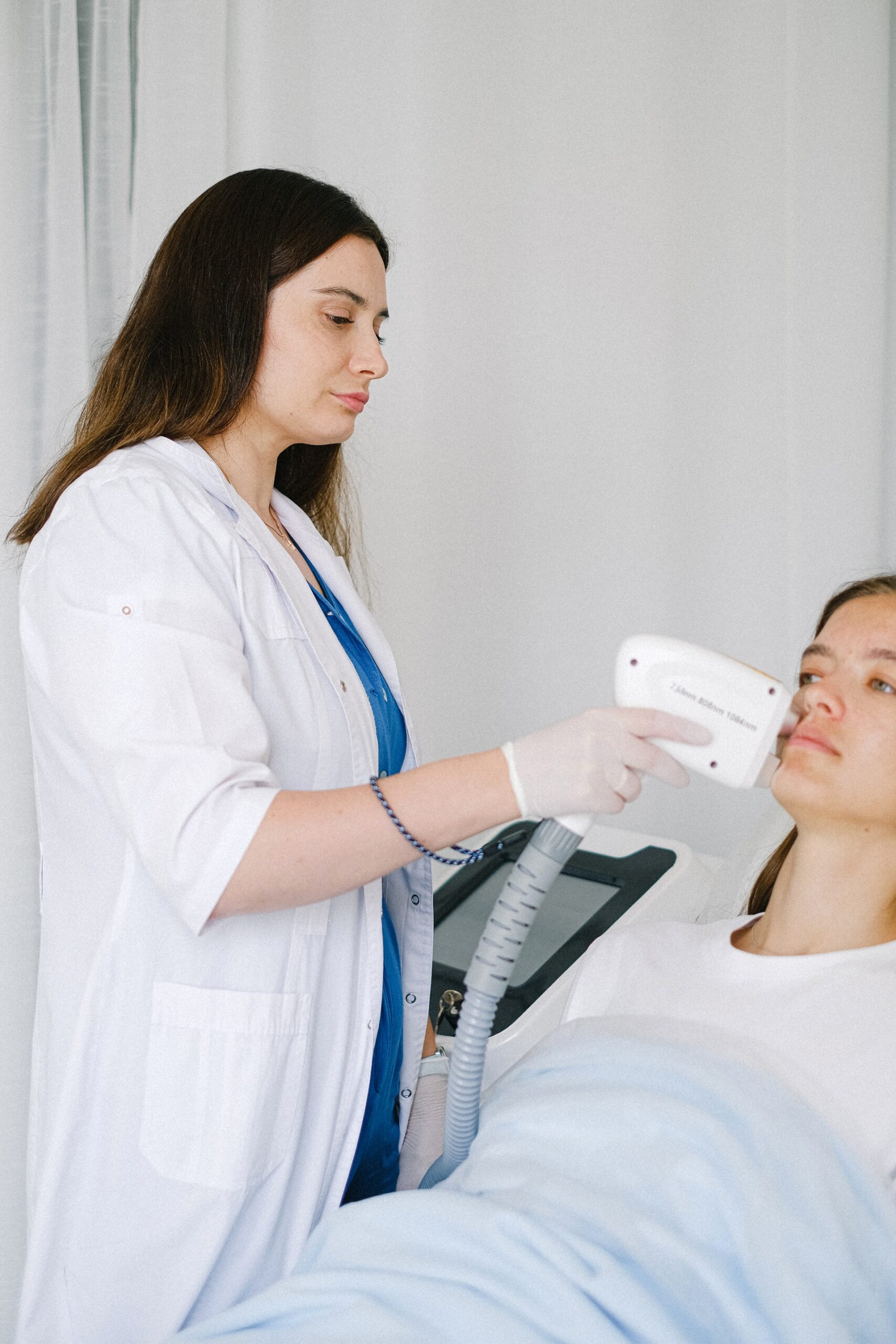
Laser treatment therapy seems to have become all the rage over the past few years. Technology that was originally employed for purely medical procedures has now been appropriated by beauticians and salons for hair and tattoo removal, face-lifts and hair-loss prevention. The term ‘laser’ stands for ‘light amplification by stimulated emission of radiation’.
Endre Mester, a Hungarian physician and surgeon, saw the potential applications of laser technology in the 1960s after the invention of the ruby laser. He was then able to prove the effectiveness of laser therapy in treating ulcers and promoting the accelerated healing of wounds. Since then, laser technology has come a long way and has revolutionised the medical and cosmetic spheres.
What Exactly Does Laser Therapy Entail?
In essence, this technology is able to tune light to a specific wavelength. A light beam can be manipulated to the point where it is potent enough to shape diamonds or cut through solid steel. The ways in which laser therapy are performed will depend on the form of treatment.
If it is for aesthetic or cosmetic purposes then the laser will be directed straight at the skin at an appropriate frequency. A common and greatly beneficial use of laser therapy is for the treatment of tumours. In this case, the laser is used internally. This is done using a strong and flexible tube called an endoscope. It is commonly inserted through the mouth after which it will be positioned by doctors to locate the tumour and hopefully shrink it.
What are the Medical Applications?
In the midst of the laser hair removal craze, we seem to forget about the fact that laser therapy is a medical breakthrough. It plays a crucial role in the health-care realm and has potentially life-saving applications. This form of therapy is often used to improve vision, especially for elderly individuals, while also being capable of repairing broken retinas.
Lasers can be used to treat the early stages of cervical, vaginal, vulvar, penile, non-small cell lung and basal cell skin cancer while also being capable of removing precarious growths and a wide range of tumours. They also have a sealing effect which can alleviate severe pain after surgery by sealing nerve endings as well as preventing blood loss and the swelling of lymph vessels, much like a massage.
Is Laser Therapy Safe?
Laser therapy was developed precisely because it is such an amazingly accurate and efficient technology, much like what you’ll find at buybitcoininstantly.xyz. Potential adverse effects such as scaring, skin discolouration, pain and infection are typically short-term side effects and should not be cause for alarm. The anaesthesia that is often required when receiving laser therapy is inherently riskier than the laser therapy itself but of course, this should not prevent you from seeking necessary medical attention.
An added benefit of using lasers in therapy is that procedures are typically performed at a faster rate and the recovery period is typically shorter with reduced amounts of post-surgery pain. It is still vital that you take your rest and recovery period seriously so as to avoid prolonged discomfort. Read more here



